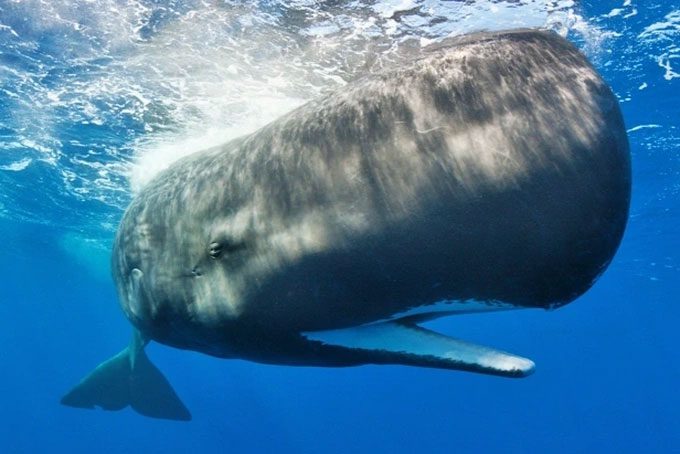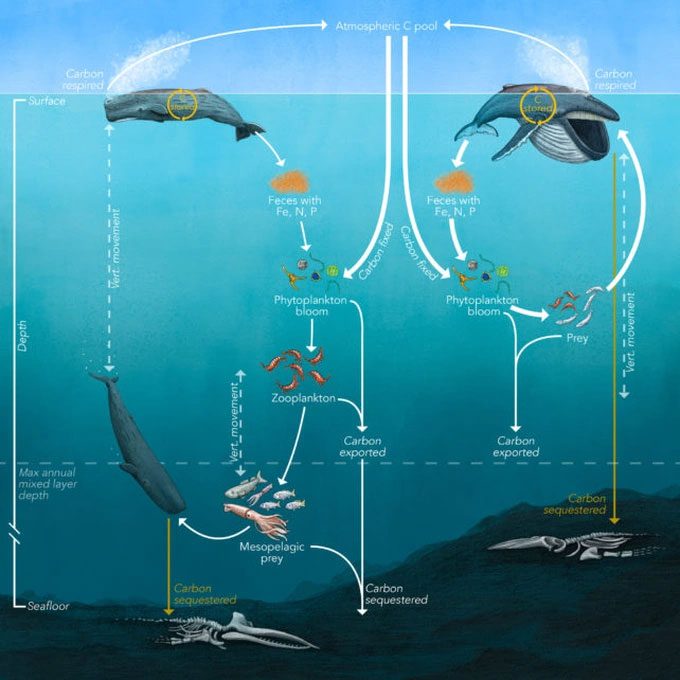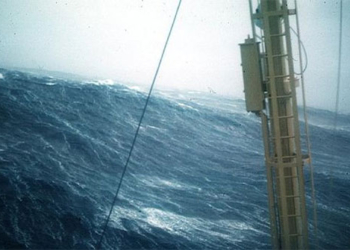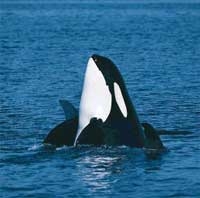With their massive bodies, large whales can move vast amounts of organic material around our planet, allowing them to serve as valuable carbon sinks.
According to a new study by scientists from the University of Southeast Alaska, whales can be viewed as a natural climate solution. “The size and longevity of whales allow them to significantly impact the carbon cycle by storing carbon more efficiently than smaller animals,” said Heidi Pearson, a marine biologist.

Whales are the ocean’s biological carbon pumps. (Photo: Getty).
“They do this naturally by consuming large amounts of prey and producing substantial waste.”
This marine mammal is known to live up to 200 years. In addition to their significant impact on marine ecosystems, they also function as a biological carbon pump for the ocean, cycling carbon between the ocean and the atmosphere.
The study found that whales consume about 4% of their body weight in mollusks and plankton every day, which equates to around 3.6 tons. The food consumed by whales is then converted into feces.
This natural waste serves as a food source for plankton, which absorb CO2 near the ocean’s surface by utilizing nutrients such as iron and nitrogen.
Subsequently, the plankton become food for whales and many other predator species like penguins, seals, and fish, creating a closed-loop cycle.

The whale’s circulation cycle helps eliminate a significant amount of CO2 from being released into the atmosphere. (Photo: Trends Ecol).
Moreover, whales also cycle carbon in various ways. Even after they die, whales sink to the ocean floor, becoming food for a wide range of other animals, which isolates that carbon emissions deep underwater rather than releasing it to the surface.
One estimate suggests that before the population of sperm whales declined, these animals helped remove nearly 2 million tons of CO2 each year. Additionally, blue whales transported approximately 140 kilotons of carbon annually in the Southern Hemisphere, enhancing biological activity in their nutrient-poor breeding areas before industrial whaling practices began.
From these statistics, researchers indicate that whales can be considered as natural carbon sinks, and protecting their populations would be less risky, more sustainable, and more effective compared to proposed geoengineering solutions, such as artificial fertilization of the sea or direct carbon injection deep into the ocean.
“The recovery of whale populations could enhance the long-term self-sustaining capacity of oceanic carbon sinks, thereby playing a significant role in reducing carbon dioxide levels,” the study states.
However, the research notes that there is still much to uncover about whales, including the amount of CO2 they emit into the atmosphere.





















































